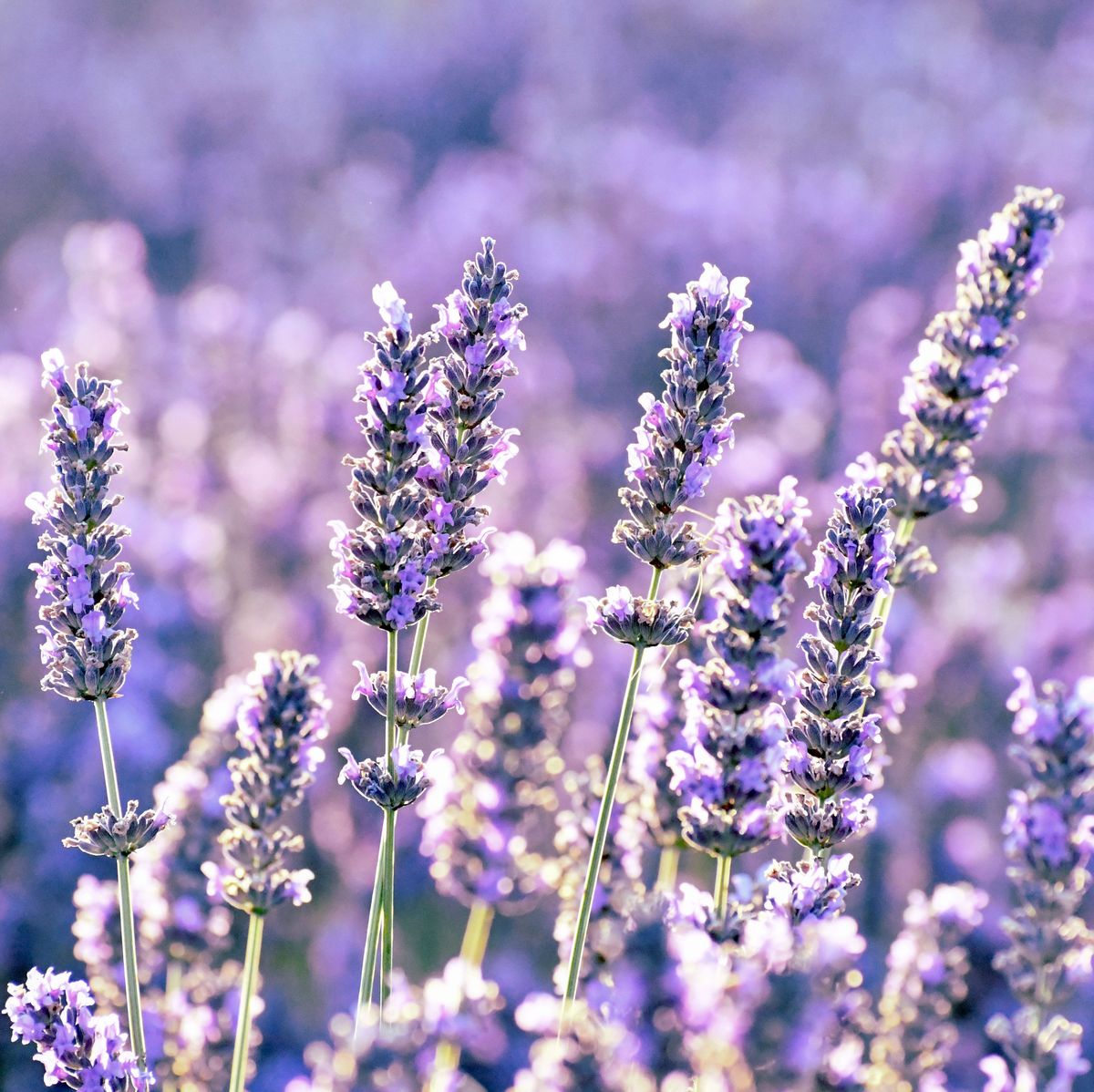Your cart is currently empty!

Lavender Plant Care Tips

Lavender plants can be one of the most beautiful plants you can have in your garden. They are easy to care for and produce a wonderful floral fragrance. If you are interested in planting them, you can find some great tips for caring for them in this article.
Watering
Whether you’re growing lavender indoors or outside, watering is crucial for encouraging growth. Too much or too little water can lead to root rot and stunt the plant.
Watering lavender plants is a process that should be carried out slowly and carefully. The plant will usually tell you if it needs to be watered, and it’s a good idea to check the soil and leaves frequently to ensure that the roots are getting enough moisture.
During the early stages of a lavender’s life, it will need a lot of water. However, once the plant has been established, it’s a good idea to cut down on the frequency of watering.
When it comes to watering, you should always use lukewarm water. If you’re using a drip irrigation system, you can stop it after a certain amount of water has been dripped out.
Pruning
Pruning lavender plant is a simple and easy activity that helps keep your lavender healthy and beautiful. The right pruning technique can rejuvenate a leggy or overgrown lavender plant and encourage new growth and blooming.
Lavenders are usually pruned twice a year. The first time should be after the flowers have finished blooming and before the cold weather begins to set in. The second time should be late summer or early fall. This is the time to remove damaged foliage and deadhead flowers.
When pruning lavender plants, make sure to use clean, sharp pruning tools. This will prevent bacterial disease and damage to the plant.
Avoid cutting into the woody part of the plant, as this could cause the plant to die. Also, never cut leafless wood. If your lavender plants are already overgrown, try to prune them back to at least a third of their size.
Harvesting
A lavender plant is a semi-shrub with woody stems and flowers. They are generally hardy and grow well in most soils. Its lifespan varies based on climate and soil conditions. Lavender can be harvested, dried and used in cooking.
The best time to harvest lavender is in the early morning. If you are growing English lavender, you can harvest in the fall. You can also take cuttings from the plants. In some areas, the flowering season lasts all year round.
Once the lavender has flowered, it is important to prune. This helps the plant grow and produce more flowers. When pruning, avoid cutting the woody part of the plant. Depending on the size of the plant, you can cut back to one-third or two-thirds of the plant’s growth.
Growing in containers
Growing lavender plant in containers can be a great way to add some charm to your garden. It is also a nice idea for a patio or balcony. As long as you take care of it properly, you can enjoy beautiful blooms and a wonderful scent.
Lavender is a hardy, attractive plant. Some varieties, like English lavender, are quite cold-tolerant. Other lavenders, like French lavender, are not as hardy. The best way to protect your lavender from the cold is to place it in a sheltered spot in the winter.
When choosing a container for your lavender, choose a pot that is at least 12 inches wide. This will allow enough space for the roots to grow and develop properly. Make sure to use a porous pot, which prevents root rot.
Zones 3 to 7
If you live in USDA Zones 3 to 7, you need to make sure your lavender plants are properly adapted to their environment. This includes making adjustments for soil conditions and drought tolerance. Also, be sure to check the plant’s requirements before planting.
If you’re considering growing lavender, there are several hardy varieties you can consider. These include English lavender, French lavender, and spike lavender.
Lavender is also an effective deterrent for deer, rabbits, and other animals. Some lavender plants are able to survive winters in cooler climates. Nonetheless, you should make sure the flowers stay green during the cold season.
You can get an idea of the minimum temperatures for your area by looking at the USDA zone map. The USDA uses data from weather stations and elevation data to determine zones. While the minimum temperature can fluctuate from year to year, you can expect to see a difference of 10 degrees between zones.
by
Tags: